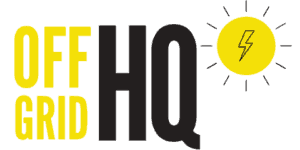If you live anywhere in the hail belt of the United States, then any time you see a storm brewing, if you’re anything like me, it’s one of the first things you worry about…
Are your solar panels hail-proof?
Solar panels are designed to be quite durable and withstand various weather conditions, including hail. Most solar panels on the market can endure hail up to roughly 1 inch (or 2.54 cm) in diameter, falling at about 50 miles per hour. Manufacturers typically test the panels using these standards.
The panels’ robustness comes from the materials used in their construction.
The solar cells themselves are covered with a layer of tempered glass that protects them from impact. Tempered glass is stronger than standard glass and, when broken, it shatters into small pieces, reducing the likelihood of damage to the solar cells.
However, extreme weather conditions with unusually large or high-speed hail could potentially damage solar panels.
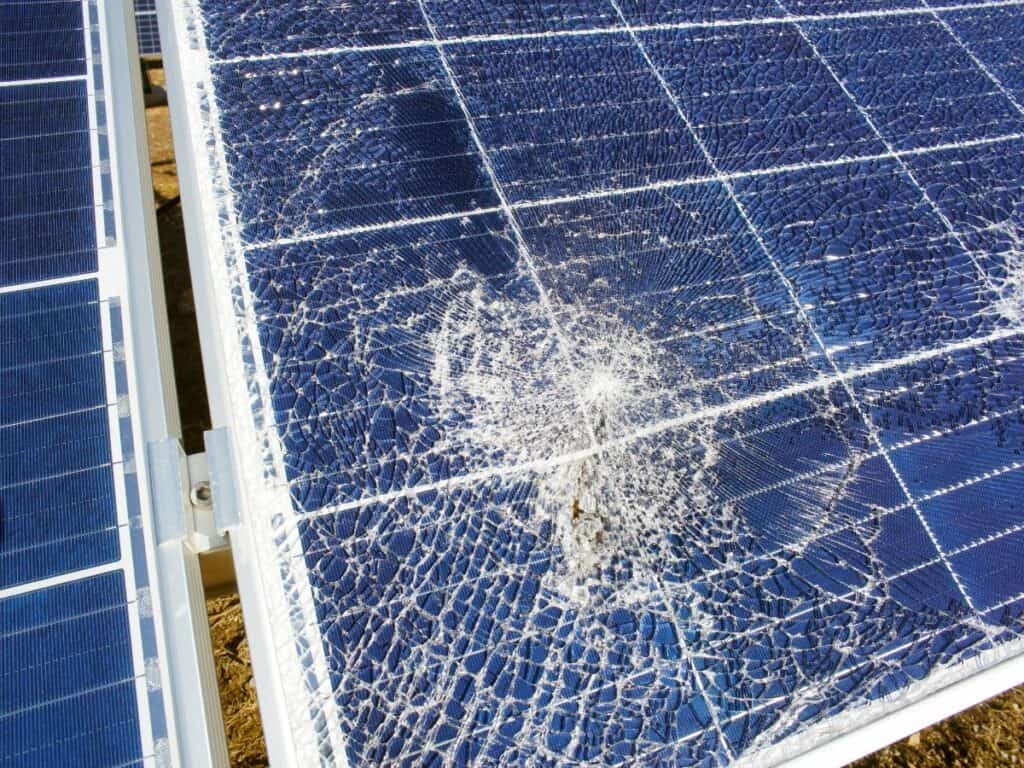
The severity of any damage would depend on the specifics of the hailstorm and the design and installation angle of the panels.
Despite the potential for damage, it’s worth noting that such instances are quite rare.
Furthermore, insurance policies often cover damage to solar panels from hail, so homeowners can mitigate the financial risk associated with such events.
Freak storms are obviously difficult to predict but one thing you can do is protect your solar panel installation as best you can…
How can I protect my solar panels from hail?
There are a number of things you can do to safeguard your solar panels against hail:
- Panel Tilt and Position
- Protective Films
- Hail Nets or Protective Covers
- Robust Mounting Structures
- Choosing High-Quality Panels
- Insurance
Panel Tilt and Position
The angle at which solar panels are installed can impact their ability to withstand hail. Panels installed at steeper angles are more likely to deflect hail, reducing the risk of damage.
Protective Films
Some companies offer protective films that can be placed over the panels to provide an additional layer of protection. However, the cost and effectiveness of these products can vary, and they may impact the efficiency of the panels.
Hail Nets or Protective Covers
In regions with frequent severe hailstorms, some people use hail nets or protective covers over their solar panels. These need to be deployed before a storm, which can be a drawback if a storm comes unexpectedly.
Robust Mounting Structures
A sturdy and well-built mounting structure can absorb the shock of hail impacts, reducing potential damage.
Choosing High-Quality Panels
Higher-quality panels tend to have more robust construction, which can help resist hail damage. When buying panels, look for those that have passed rigorous durability testing.
Insurance
Ensuring your solar panels are covered by a comprehensive home insurance policy can help protect you financially in the event of damage from hail or other extreme weather events (It’s also important to make sure your solar panels are protected in case of theft).
Even without extra protection, solar panels are quite tough and built to withstand normal weather conditions, including typical hailstorms extreme weather is capable of damaging your panels so it is best to sometimes plan for the worst.
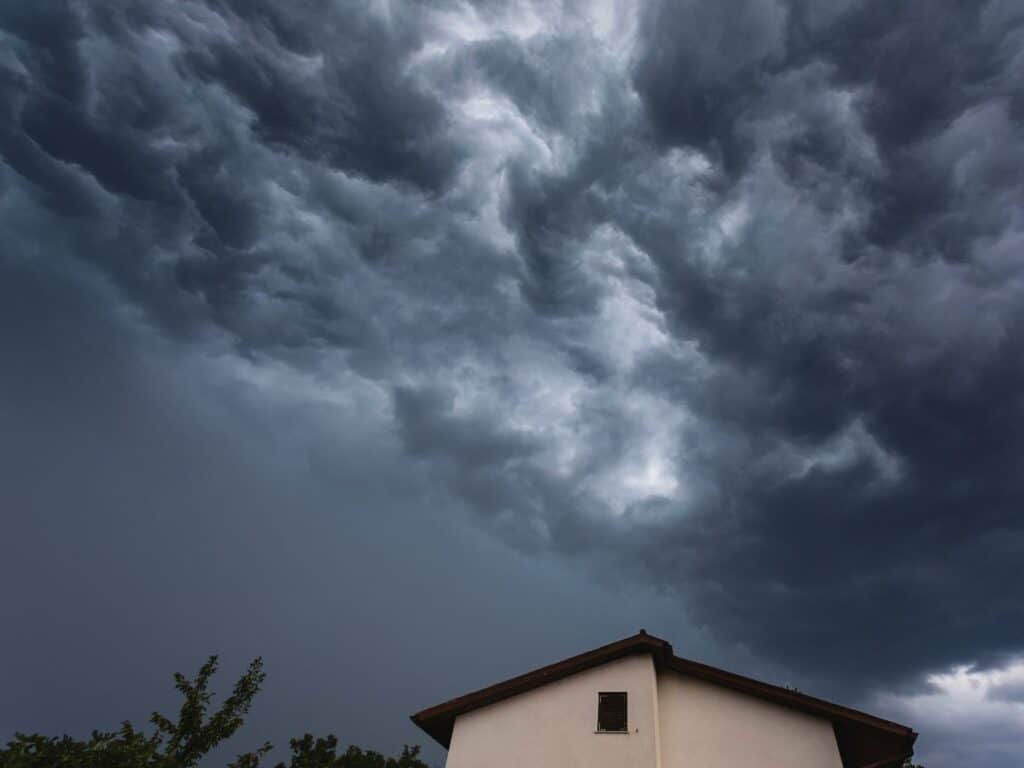
But what about other types of solar panels? Would less rigid solar panels be less susceptible to hail damage…
…Flexible solar panels, which are typically made from thin-film solar cells, are less durable than traditional rigid, glass-covered panels.
Their flexibility comes from the use of lighter, more malleable materials that aren’t as resistant to impact.
Are flexible solar panels hail-proof?
Flexible solar panels can withstand some hail, however, they’re generally not as hail-resistant as rigid panels. The degree to which they can resist hail damage depends largely on the size and velocity of the hailstones, as well as the quality and specifics of the flexible panel construction.
Despite their lower hail resistance compared to traditional panels, flexible solar panels offer advantages such as lighter weight and the ability to be installed on surfaces that aren’t flat, which may outweigh the potential risks depending on your specific situation.
So if the rigid solar panels are better suited to surviving a hail storm, you might be wondering if there is a way to cover them to protect them from hail damage…
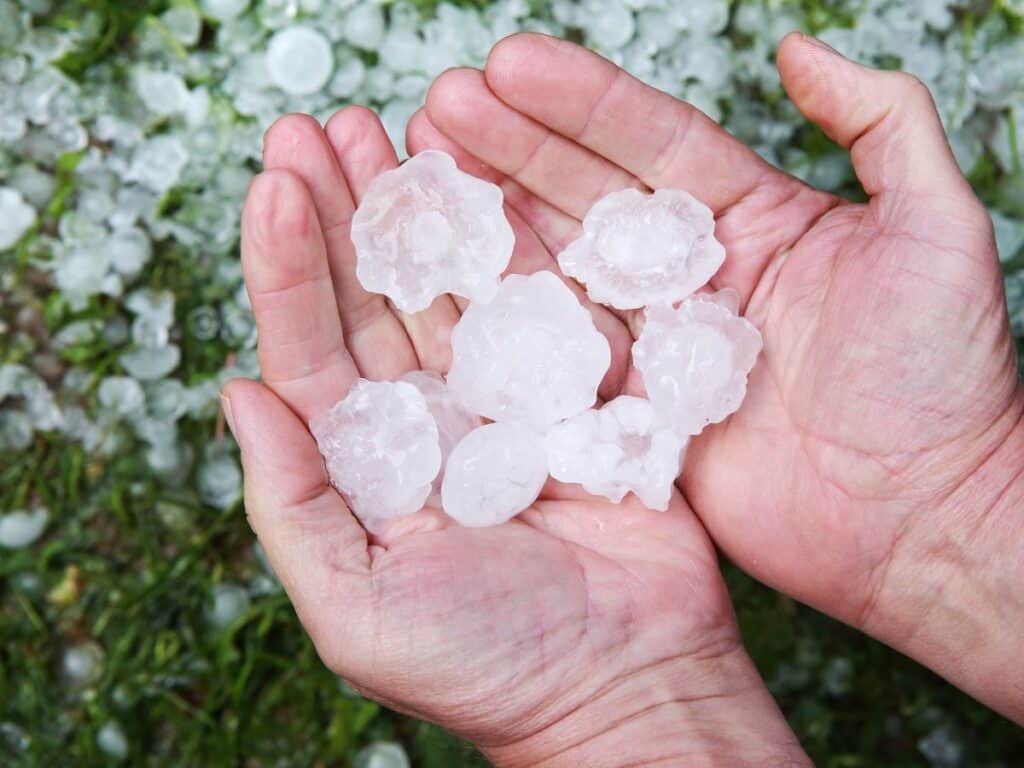
Can you cover your solar panels to protect them from hail?
Yes, you can cover your solar panels to protect them from hail, but there are considerations to keep in mind. Protective covers, such as solar panel blankets or specially designed hail covers, can offer an added layer of protection. In areas prone to extreme weather, such as large hailstorms, these covers could be beneficial.
There are however, there are several downsides to using these protective covers.
The first would be the effect on efficiency.
Covers must be removed for the solar panels to work effectively, as they need direct sunlight. This means you’ll need to monitor weather reports closely and add or remove the covers as necessary.
The second would be the potential damage from covers.
If not properly installed, covers could potentially scratch or damage the panels. They could also become projectiles in high winds if not secured properly.
And lastly, the cost of these covers comes into play.
High-quality protective covers can be expensive, and it’s worth weighing this cost against the risk of damage and the potential cost of repairs.
It is important to remember that solar panels are designed to withstand a variety of weather conditions, including average-sized hail.
If you’re in an area with frequent large hail, you may want to check if your homeowner’s insurance policy covers hail damage to solar panels.
You might also be wondering if all solar panels are created equal and the answer is no. Some solar panels are better than others. So then what are the best hail-resistant solar panels…
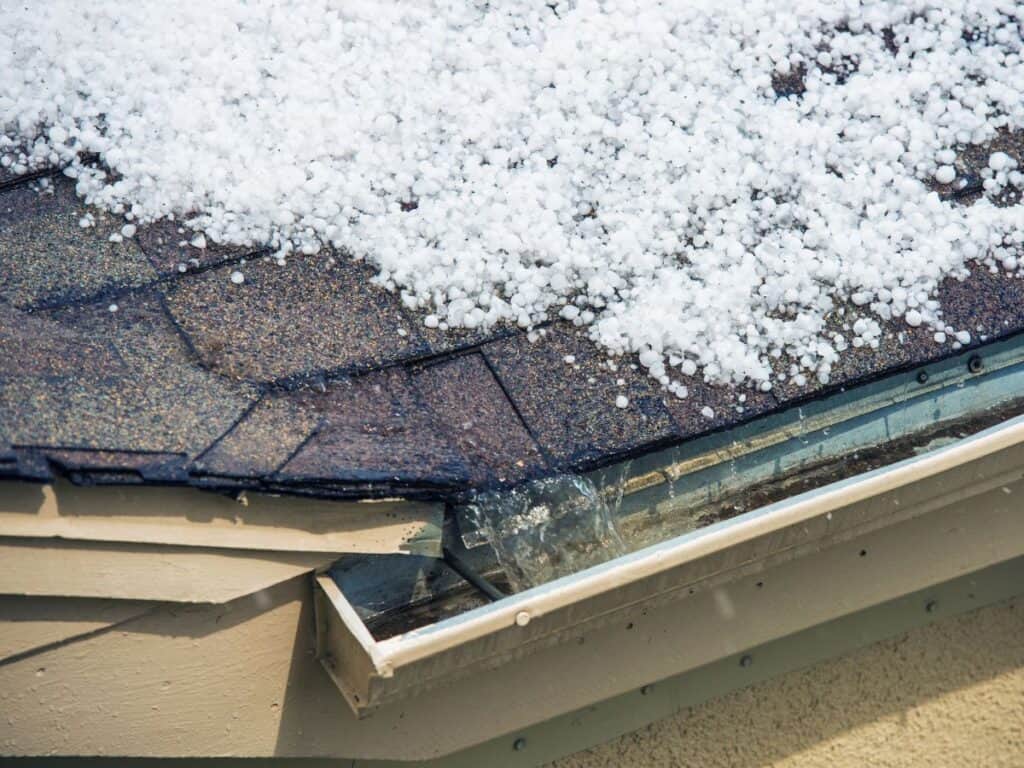
Best hail-resistant solar panels
If you are in the market for solar panels then this is what you want to look for…
The UL 61730 and IEC 61730 markings on a solar panel refer to important safety standards that the product meets. These standards are concerned with the safety of photovoltaic (PV) modules – which are what we commonly refer to as “solar panels.”
UL stands for Underwriters Laboratories, an organization that sets safety standards for various types of products. IEC stands for the International Electrotechnical Commission, a leading global organization that publishes international standards for all electrical, electronic, and related technologies.
UL 61730 and IEC 61730 standards specifically deal with safety requirements for PV modules and arrays.
They cover various aspects including:
- Construction
The standards ensure that the solar panel is designed and built in a way that is safe and poses no threats of electric shock, mechanical hazards, fire hazards, etc.
- Testing
These standards dictate tests to ensure safety during normal operation, foreseeable misuse, and in the case of external influences (like weather conditions).
- Marking and Documentation
The standards ensure the solar panels are properly labeled with safety warnings, ratings, and instructions for safe installation, use, and maintenance.
If a solar panel has been marked with UL 61730 or IEC 61730, it indicates that the panel has been tested and verified to meet these safety requirements. This certification is a key indicator of a solar panel’s safety and reliability, and it’s generally recommended to use panels that have been certified to these standards.
While the UL and IEC standards don’t directly relate to the panel’s efficiency or power output, they do provide assurance that the product has been designed and manufactured with safety as a priority. It also implies a certain level of quality control in the production process, as these certifications require ongoing compliance.
Are UL 61730 and IEC 61730 solar panels hail resistant
The UL 61730 and IEC 61730 certifications for solar panels don’t specifically indicate hail resistance. However, these certifications do require that panels undergo rigorous testing for durability and safety, including to ensure they can withstand various environmental conditions.
One of the tests that are commonly conducted for these certifications is the impact test, which simulates the effect of hail hitting the panels.
The standard test often involves propelling a 25mm (approximately 1 inch) diameter ice ball at the panel’s surface at around 23 meters per second, or about 51 miles per hour, to simulate hail impact.
So, while the UL 61730 and IEC 61730 marks don’t specifically denote hail resistance, panels certified to these standards have usually been tested for their ability to withstand impact equivalent to a common hailstorm.
However, panels might still be susceptible to damage under extreme conditions, such as unusually large or fast-moving hailstones.
If hail resistance is a particular concern for you, it would be worthwhile to look into the specific hail rating for the panels you’re considering, which may be available from the manufacturer.
Also, it’s good to consider having an insurance policy that covers potential hail and storm damage to your solar panel system.
